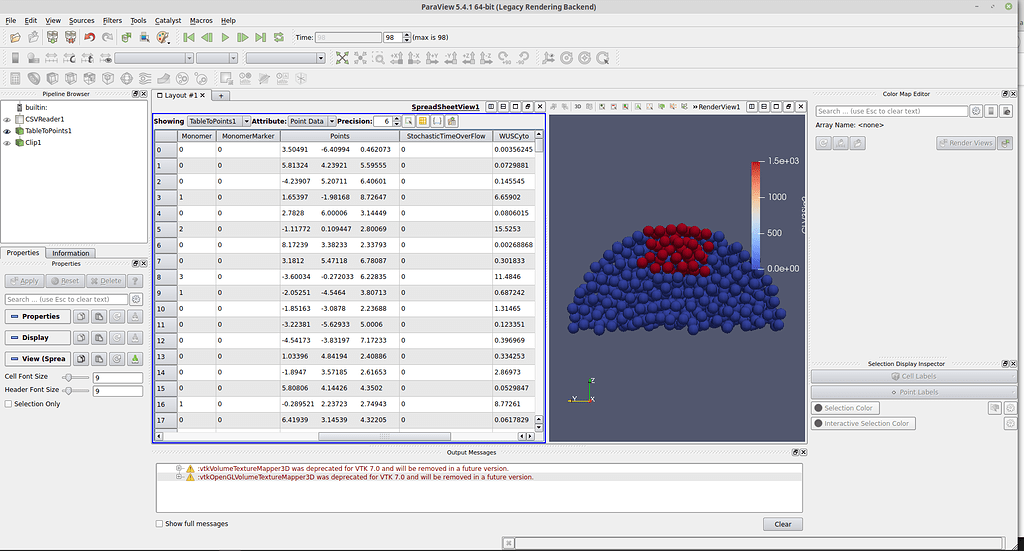
OpenGL support over X forwarding is limited. Please see the additional setup instructions for Running ParaView in Client-Server Mode. It also runs far more efficiently than over X forwarding, and provides a more responsive interface.

This allows access to the data and processing power that is available on the LC systems. Instead, ParaView should be run in client-server mode, which connects a local workstation's ParaView installation to an instance of ParaView running on an LC host. Therefore, the ParaView client GUI should not be run remotely. X forwarding is not supported by the latest versions of ParaView! X forwarding cannot support newer versions of OpenGL and several required OpenGL extensions. The module load paraview command will setup your PATH and any other needed environment variables. The actual installation directories are in /usr/tce/packages/paraview and /usr/gapps/paraview/ParaView Settings You can specify a particular version in the module command, e.g., module load paraview/5.11.0 Type module avail paraview to see the available options. Multiple versions may be accessible via modules. Links to the latest version exist in /usr/tce/bin It can be run on supercomputers to analyze datasets of petascale as well as on laptops/desktops for smaller data. ParaView was developed to analyze extremely large datasets using distributed memory computing resources.

The data exploration can be done interactively in 3D or programmatically using ParaView's batch processing capabilities. ParaView users can quickly build visualizations to analyze their data using qualitative and quantitative techniques.

A plugin specifically developed by DKRZ, that reads and loads ICON data, is explained using several examples.ParaView is an open-source, multiplatform data analysis and visualization application found at. This chapter also discusses the principles of linking & brushing.Ĭhapter 5 “ICON Data” - Chapter 5 focuses on loading and working with ICON data sets. This includes scatterplot matrices, parallel coordinates, histograms and other data analysis tools. This data is then mapped and displayed using streamlines, arrows & glyphs, as well as by using a line integrated convolution (LIC) texture.Ĭhapter 4 “Info Vis” - The following Chapter diverts into the area of information visualization techniques, which are very powerful for an interactive data analysis and exploration.
Paraview tutorial pdf how to#
Among these are parallel and oblique slicing, surface and iso-surface rendering, volume visualization, contouring and clipping, uncertainty visualization, as well as general data filtering and processing.Ĭhapter 3 “Vector Data” - After the visualization of scalar data, Chapter 3 demonstrates the available vector visualization methods, and explains how to combine two or three scalar fields to create one vector data set. The visualizations are annotated by captions, a color bar, as well as an Earth’s texture for reference.Ĭhapter 2 “Scalar Data” - The second Chapter discusses the available techniques for scalar data visualization. The second part of this chapter concentrates on an introduction of the user interface, some data preparation necessary, and creates a first simple visualization examples using an ECHAM atmospheric data sets. Here is a glimpse of the tutorial contents:Ĭhapter 1 “Introduction and Overview” - The first Chapter starts with an overview of Paraview and briefly explains the underlying visualization toolkit pipeline.


 0 kommentar(er)
0 kommentar(er)
